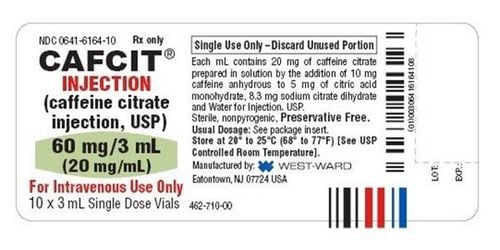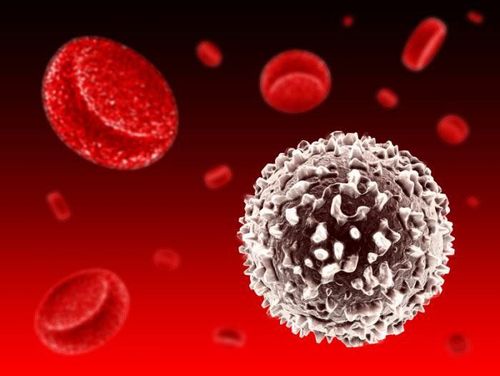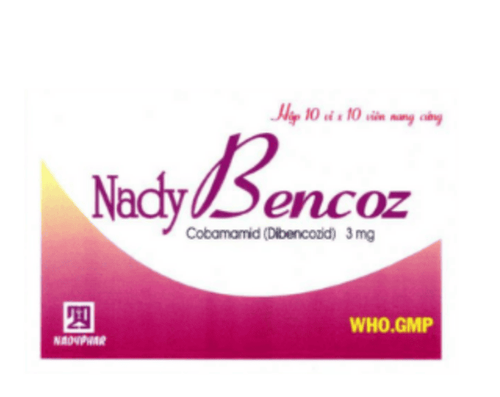This is an automatically translated article.
The article was written by Doctor Pham Do Ngoc Diep - Neonatology Department - Vinmec Times City International General Hospital.
Respiratory failure is a condition of respiratory dysfunction due to many different causes, which can be in the lungs or outside the lungs, leading to gas exchange disorders that cause the body to lack oxygen and increase CO2 in the blood. Respiratory failure is common, causing neonatal death, requiring prompt emergency treatment and prompt management.
1. Causes of respiratory failure
Common after birth (respiratory causes):
Inner membrane disease Inhalation of feces, amniotic fluid, Pneumonia Delayed digestion of pulmonary fluid Pulmonary hemorrhage, Pneumothorax, Pleural effusion, Primary pulmonary hypertension (cause) Lungs) or fetal circulation Cardiovascular-related respiratory failure (extrapulmonary causes):
Hypovolemia Acute anemia (obstetric trauma, mother with placenta previa) Primary pulmonary hypertension Fetal circulation survival Congenital heart failure Heart failure Due to neurological and muscular diseases: cerebral edema, cerebral hemorrhage, drug-induced myopathies, spinal diseases, diaphragmatic nerve damage
Due to metabolic disorders : hypocalcemia , hypoglycemia , temperature disturbances .
Due to diseases related to surgery: posterior nostril obstruction, esophageal atrophy, diaphragmatic hernia, Pierrerobin syndrome, tracheal stenosis, vocal cord paralysis.
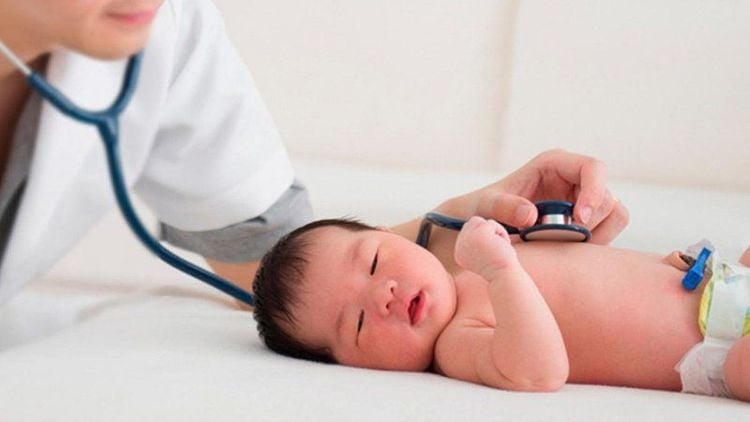
2. Specify the surfactant pump
Inner membrane disease Prophylactic treatment for premature infants : Use early surfactant in the delivery room / cesarean section for children under 27 weeks of gestation (especially in cases where the mother has not been treated for lung maturation before birth). Children under 29-30 weeks of gestation: when oxygen demand must be increased to maintain Sp02, surfactant should be injected early, before 6 hours of age of the child (in addition to having to support breathing with nCPAP or ventilator). Children over 30-32 weeks of gestation : When there is an indication to put an endotracheal tube in the child's airway, mechanical ventilation with high oxygen demand, chest X-ray: there is a sign of shrinking lung volume, the lungs are not bright. Repeated surfactant injection may be required to treat endocardial disease (when indicated). Meconium aspiration syndrome Respiratory failure due to delayed drainage of pulmonary fluid (cesarean section, vaginal delivery) Consider treatment in some cases: Pulmonary bleeding, severe pneumonia, children of diabetic mothers with pneumothorax
3. Does the surfactant pump method cause any complications?
There are some side effects as follows:
Hypoxemia & transient bradycardia due to acute airway obstruction after surfactant infusion Surfactant regurgitation from trachea to pharynx Increased PaCO2 Transient hypotension Pulmonary hemorrhage due to ductus arteriosus arteries causing hemodynamic disturbances
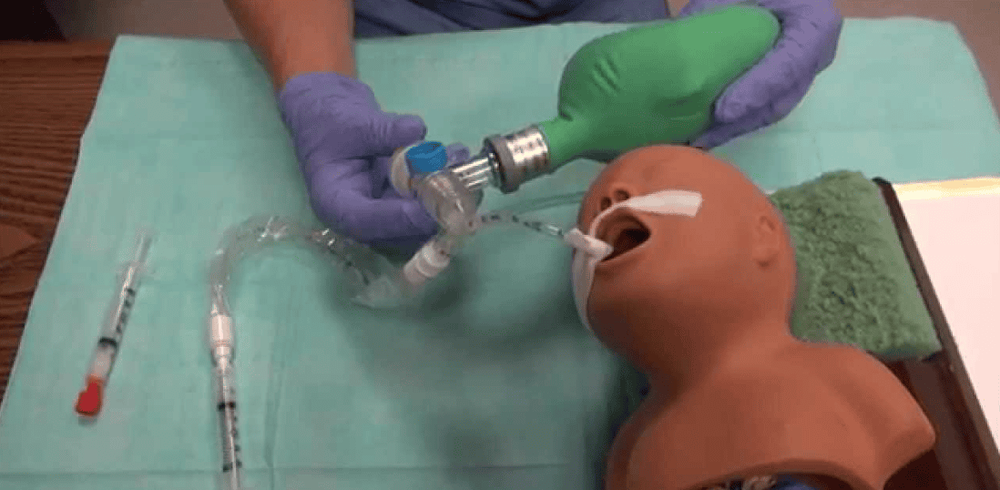
4. Handling
Increase airway pressure (when needed by balloon squeezing or mechanical ventilation) Maintain systemic blood pressure at physiological thresholds by infusion of fresh plasma, H.Albumin (if needed) Treatment of ductal closure (when indicated) ) Pneumothorax: continue pneumothorax with mechanical ventilation or high-frequency breathing. At the beginning of the 20th century, people pumped surfactant through the endotracheal tube and then on mechanical ventilation, found that the effectiveness of surfactant was very good, but then found that the mortality rate was still high due to infection, so then the procedure of surfactant pump treatment was changed by the new method. INSURE pump is endotracheal intubation - Surfactant pump - extubation - non-invasive mechanical ventilation, ventilator-associated pneumonia, chronic lung time remaining in hospital for many days.
Currently, in many parts of the world and in Vietnam, there are a few hospitals that have applied the less invasive surfactant pump by LISA technique. Specialists specializing in neonatal resuscitation will use a soft catheter to insert into the child's bronchi and then slowly introduce Surfactant into the child's lungs for 10-15 minutes instead of having to insert an invasive endotracheal tube like Previously, at the same time, the child would be on a non-invasive ventilator through the nose.
This is the most advanced method today to limit lung damage due to not having to put an endotracheal tube in the airway, avoid mechanical ventilation pneumonia, chronic lung disease, reduce complications of premature birth and reduce time length of hospital stay as well as reducing the cost of neonatal care, especially in premature infants.
Surfactant pumping would be difficult to achieve if the overall standard of care was not of high quality. Vinmec International General Hospital has met strict criteria to apply Surfactant Pump Therapy in the treatment of respiratory failure in infants, including a full range of supportive facilities and a team of doctors to perform. proficient in techniques.
Please dial HOTLINE for more information or register for an appointment HERE. Download MyVinmec app to make appointments faster and to manage your bookings easily.






